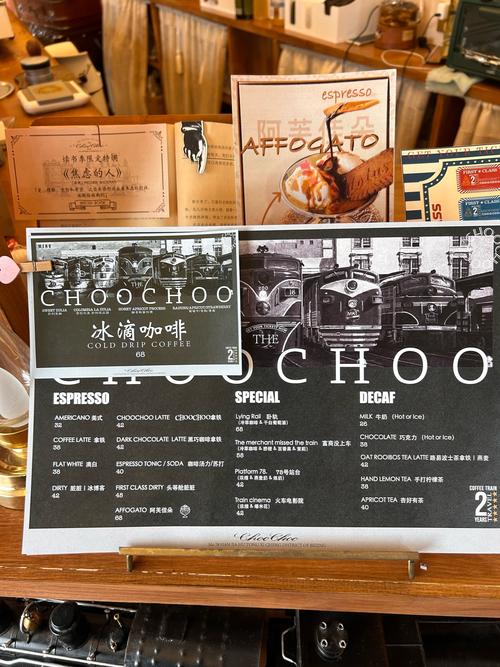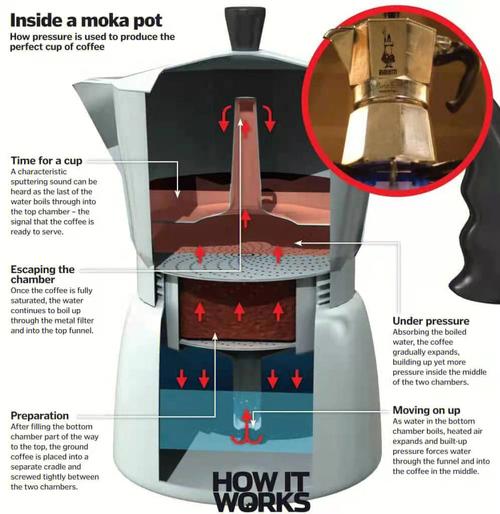Discovering the World of Coffee: A Personal Journey
Have you ever wondered about the rich history and diverse world of coffee? As someone who has been deeply immersed in the coffee culture, I want to take you on a personal journey through the various dimensions of this beloved beverage. From its origins to the latest trends, let’s explore the fascinating world of coffee together.
Origins and History

Coffee, as we know it today, has a long and intriguing history. It is believed to have originated in the Ethiopian highlands, where locals noticed their goats becoming more energetic after eating the red cherries from a certain tree. The story goes that a goatherd named Kaldi discovered this effect and shared it with the monks at the local monastery. From there, the use of coffee spread to the Arab world, where it was first roasted and ground into a powder. The rest, as they say, is history.
| Year | Event |
|---|---|
| 9th Century | Coffee is believed to have originated in the Ethiopian highlands. |
| 15th Century | Coffee was introduced to the Arab world, where it became popular. |
| 17th Century | Coffeehouses began to appear in Europe, where coffee became a social phenomenon. |
| 18th Century | The first coffeehouses in the United States opened. |
Coffee Varieties and Flavors

Coffee comes in a wide variety of flavors and types, each with its unique characteristics. The most common types are Arabica and Robusta. Arabica beans are known for their smooth and complex flavors, while Robusta beans have a stronger, more bitter taste. Other popular varieties include Blue Mountain, Ethiopian Yirgacheffe, and Colombian Supremo.
When it comes to flavors, coffee can range from fruity and floral to nutty and chocolatey. The flavor profile of a coffee is influenced by factors such as the region it is grown in, the altitude, and the processing method. For example, a coffee from the Ethiopian highlands may have a fruity and floral taste, while a coffee from the Colombian Andes may have a nutty and chocolatey flavor.
Coffee Preparation Methods

There are numerous ways to prepare coffee, each offering a unique experience. The most popular methods include brewing, espresso, and pour-over. Brewing coffee involves steeping ground coffee beans in hot water, while espresso is a concentrated form of coffee made by forcing hot water through finely ground coffee beans under high pressure. Pour-over coffee, on the other hand, is a manual brewing method that allows for precise control over the brewing process.
Other popular methods include French press, Aeropress, and siphon coffee. Each method has its own advantages and disadvantages, and the choice of method often depends on personal preference and the desired flavor profile.
Coffee Culture and Trends
Coffee culture has become an integral part of modern life, with coffeehouses popping up in cities around the world. These establishments not only serve coffee but also provide a space for people to gather, work, and socialize. The rise of specialty coffee has also brought about new trends, such as the use of single-origin beans, alternative brewing methods, and innovative flavor combinations.
One of the latest trends in the coffee world is the use of sustainable and ethical practices. Many coffeehouses and roasters are committed to sourcing coffee from farms that prioritize environmental protection, fair wages for workers, and community development. This movement has not only helped to improve the lives of coffee farmers but has also raised awareness about the importance of sustainability.
Conclusion
Coffee is much more than just a beverage; it is a symbol of culture, history, and community. Whether you are a seasoned coffee enthusiast or someone who is just discovering the world of coffee, there is always something new to learn and explore. So, the next time you take a sip of your favorite cup of coffee, take a moment to appreciate the rich tapestry of flavors and stories that come with it.







